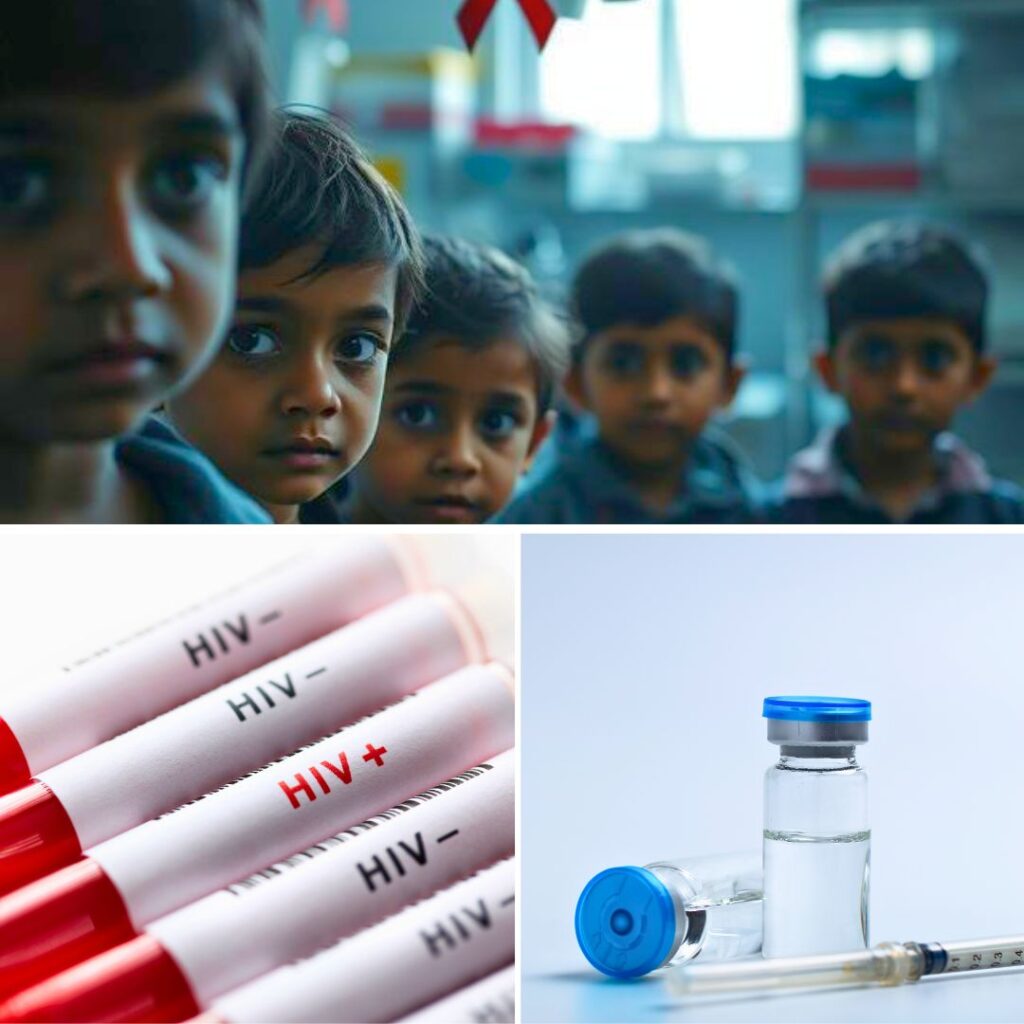In Muzaffarnagar, Uttar Pradesh, 26-year-old groom Awadhesh Rana refused a Rs 31 lakh dowry offered by the family of his 24-year-old bride, Aditi Singh, during the tilak ceremony at a local banquet hall.
The bride’s relatives from Shahbuddinpur had neatly arranged the cash on a ceremonial plate, but Awadhesh bowed deeply, returned it, and accepted only Rs 1 as shagun, declaring, “I have no right to take this. This is the bride’s father’s hard-earned money. I cannot accept it.”
Aditi had lost her father during the Covid pandemic, making the moment deeply emotional; guests applauded, his parents supported the decision, and the wedding proceeded with rituals like jaimala and kanyadaan in a joyful atmosphere.
The Moment Unfolds
Awadhesh, who runs a cosmetics business in Nagwa village, stood firm despite the bride’s family urging him to accept the dowry as tradition demanded. Villagers described the scene as stunning: the hall erupted in applause, turning a routine ceremony into a celebrated stand against social norms.
Speaking to TOI later, Awadhesh reiterated, “During our wedding on November 22, my wife Aditi Singh’s family was giving Rs 31 lakh as dowry, but we returned it because we are against the dowry system.” This act not only relieved the bride’s family financially but also highlighted mutual respect, with locals now viewing the wedding as a model for equality.
Roots of a Social Challenge
Dowry persists in parts of Uttar Pradesh and Bihar despite being illegal under the Dowry Prohibition Act of 1961, often causing financial distress and family conflicts. Aditi’s recent loss amplified the gesture’s impact, sparing her mother and relatives further burden amid economic recovery from the pandemic.
No official statements from authorities emerged, but the story spread rapidly on social media and news outlets, sparking discussions on reform. Such incidents align with NGO and government campaigns promoting dowry-free marriages, yet enforcement remains uneven in rural areas.
Awadhesh’s refusal embodies empathy and principle, challenging a custom that erodes dignity and perpetuates inequality. By prioritising love over wealth, he fosters harmony and sets a precedent for youth to reject harmful traditions.
Dowry Cases in India: A Grim Reality
In 2023, India recorded over 15,000 dowry-related crimes, marking a 14% rise from previous years, alongside 6,156 dowry deaths, averaging nearly 17 women daily, according to National Crime Records Bureau (NCRB) data. Uttar Pradesh led with 2,122 fatalities, followed by Bihar (1,143), underscoring the practice’s deep entrenchment in northern states despite the Dowry Prohibition Act of 1961.
Many cases go unreported or misclassified as accidents, with conviction rates hovering below 33% amid over 60,000 pending court cases, highlighting enforcement gaps.
The Logical Indian’s Perspective
Awadhesh Rana’s refusal of Rs 31 lakh dowry in Muzaffarnagar exemplifies the empathy and courage needed to dismantle a deeply entrenched social evil that perpetuates inequality and financial exploitation.
Despite the Dowry Prohibition Act of 1961 criminalising the practice, around 7,000 dowry harassment cases surface annually in India, often leading to violence against women, underscoring the urgent need for cultural shifts beyond mere legislation.
This gesture not only eased the bride Aditi Singh’s family’s burde, especially poignant after her father’s Covid-era death, but also ignited widespread applause and social media discussions, proving individual actions can inspire communal harmony and respect in marriages.













